Summer Skin Hazards

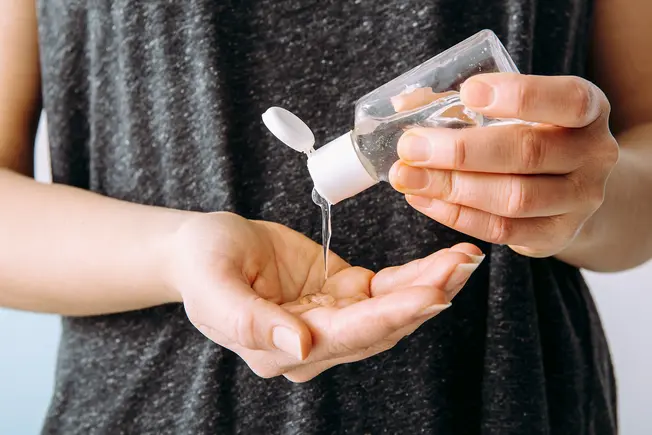
Hand Sanitizer Overuse
You may be reaching for hand sanitizer (when soap and water aren’t nearby) more often than usual in the wake of COVID-19. But use too much, and your hands could crack and become dry. After making sure your sanitizer is no longer wet, follow up with lotion to keep moisture locked in after you rub away those germs.
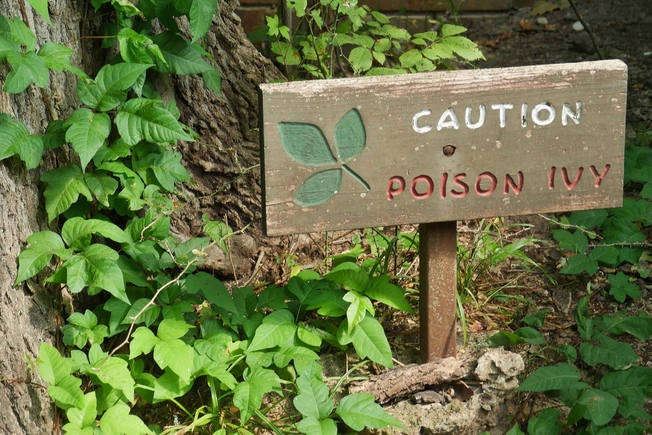
Plant Rashes
You’re more likely to brush up against the allergy-causing oils in poison ivy, poison oak, or poison sumac in the summer when you’re spending more time outside. Learn which plants you should avoid, clear them from areas you spend a lot of time in, and wear protective clothing if you know you’ll be in a place with itch-causing plants.
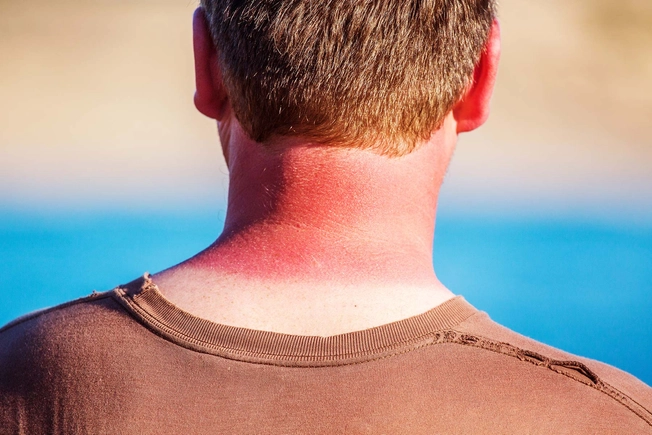
Sunburn
Sunburn increases your chance of skin cancer. You should protect your skin from harmful rays all year round, but especially in the extra-sunny days of summer. Wear a broad-spectrum SPF 30 or higher sunscreen daily, and cover up when you can. Wide-brimmed hats, sunglasses, sleeves, and long pants can block the sun from reaching your skin.
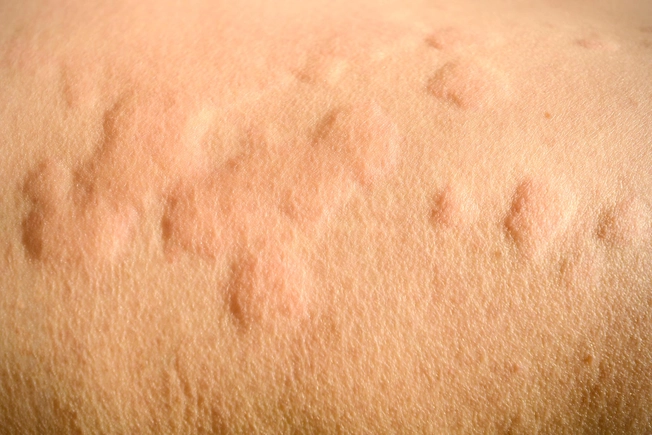
Sun Allergy
When you first start getting outdoors, the sun can damage your tender skin. Your immune system could sense this attack and respond, causing you to break out in hives or an itchy rash. You’re more prone to a sun allergy if you take certain medications or people in your family are sun-sensitive, so take extra care if you’re in those groups.
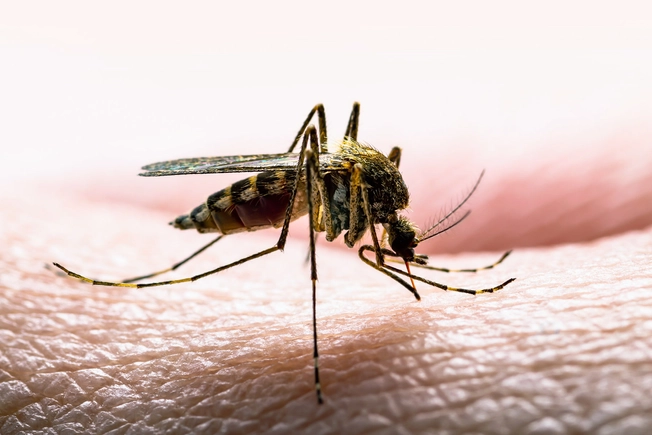
Insect Bites and Stings
Mosquitoes, chiggers, and ticks -- oh my! Usually, biting and stinging insects only cause an itchy bump when they strike. But sometimes, the reaction can be more severe and widespread. You might have swelling, a rapid heartbeat, lowered blood pressure, and trouble breathing. Wear repellent or clothing and close-toed shoes to cover skin when you’re out. Avoid bright colors and perfumes.
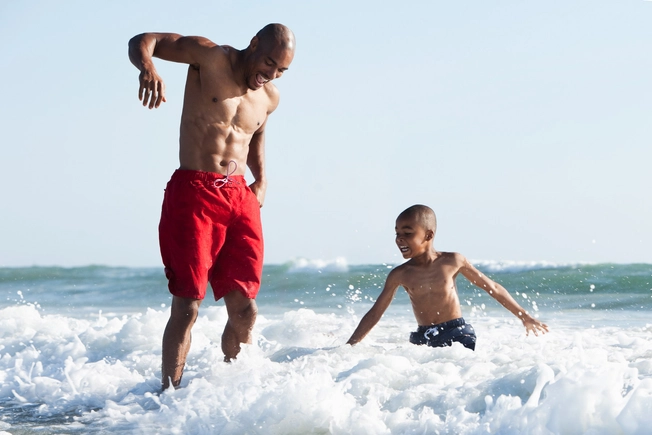
Swimmer’s Itch
If you plan to take a dip in lakes, oceans, or other natural bodies of water, take care to prevent swimmer's itch, or clam digger’s itch. Avoid water that’s caused this rash on others or has signs warning that it’s infested. When you do swim, rub your skin briskly with a towel afterward to prevent parasites from burrowing in and giving you a rash.
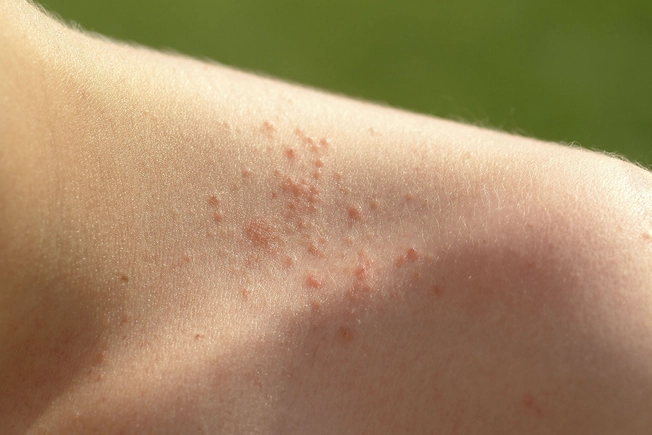
Heat Rash
Also called prickly heat, it results from sweat getting trapped in your pores. You can prevent these itchy, small bumps by wearing loose, breathable clothes and keeping your skin as dry and cool as possible.
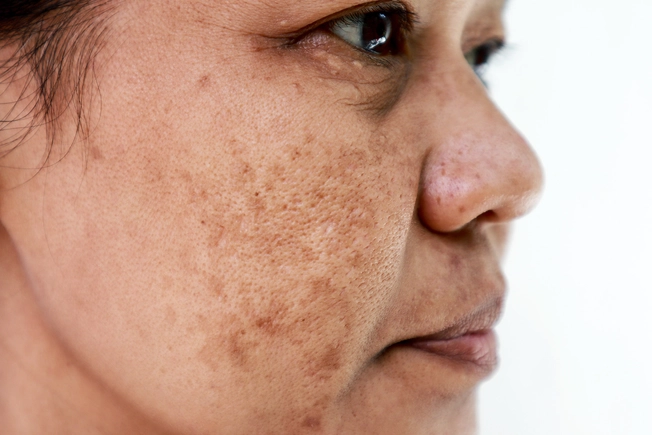
Melasma
If you’re prone to these brown patches of skin on your face, the summer sun can bring them out in full force. Put broad-spectrum SPF 30 sunscreen on your face daily, and reapply it every 2 hours. Wear a hat and glasses, and stick to shade as much as possible. An over the counter plant supplement (Polypodium leucotomos( Heliocare) helps prevent and fade melasma. Also, avoid waxing or harsh skin products that can irritate your skin and make melasma worse.

Acne
Mix sweat, bacteria, and oils, and you have a recipe for clogged pores. If your skin is acne-prone, this often means a breakout. Keep a towel or sweat band on hand to blot your skin as you sweat. Wash clothes you’ve sweated in, and opt for oil-free skin products or adapalene gel (Differin) to help keep pores clear.
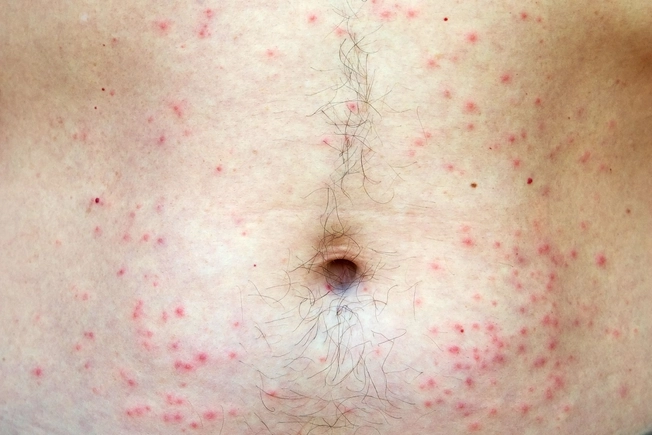
Folliculitis
The openings that your body hairs grow out of are called follicles. Tight clothes, acid and chlorine from hot tubs, or damage from shaving and waxing can irritate them. If follicles get infected, they can be painful, itchy, and swollen. To prevent it, make sure your clothes are loose, shave in the direction your hair grows, use shaving gel, and only lounge in hot tubs you know are clean.
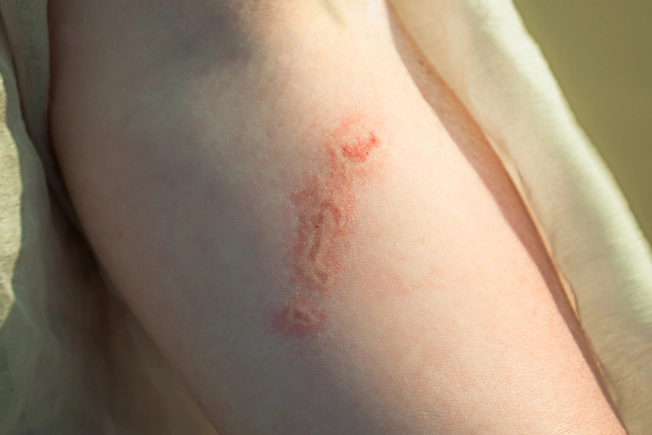
Sea Creatures
Jellyfish tentacles contain venom. A sting can be painful or sometimes life-threatening. It usually happens by accident when you touch one, or swim or wade among them. Stingrays usually avoid people, but you could step on one. If you can’t get medical help right away, remove any jellyfish tentacles or stingray stingers and soak the wound in hot, clean water. Stingray wounds are punctures, so put pressure on the area if it’s bleeding.
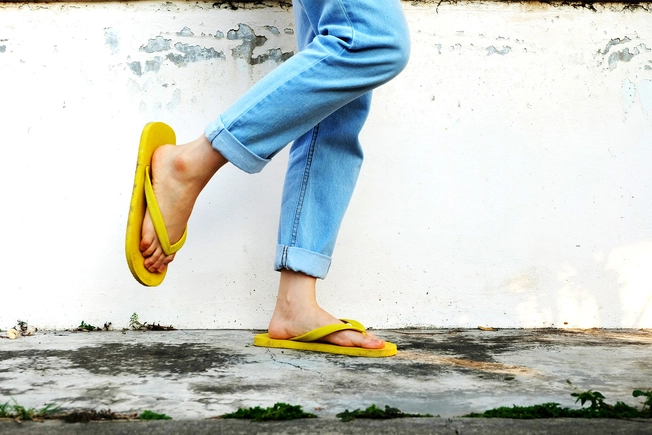
Flip-Flops
These summer footwear standbys won’t protect you from stubbed toes, glass cuts, puncture wounds, or heavy objects that might fall and break a foot. They’re also useless when It comes to snake and bug bites. Go for closed-toe shoes that offer more protection, especially if you’re in the great outdoors.
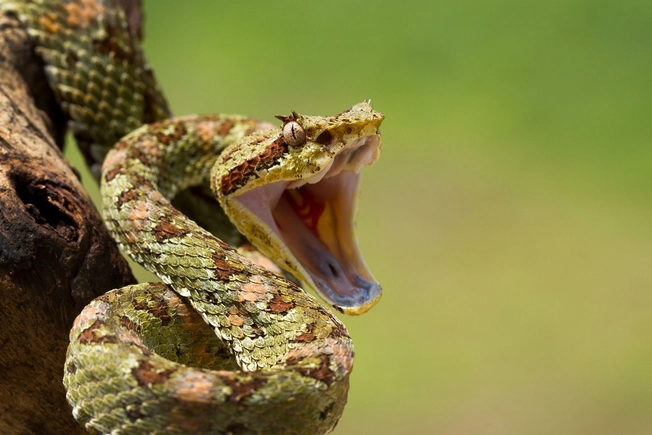
Snakebites
Summer is high season for snakebites. A bite from a nonvenomous snake probably won’t do much more than leave punctures and scare you. But venomous snakebites can be fatal. Your best bet is to call 911 and try to stay calm. Get away from the snake and, if you can, move your body so the bite is below your heart. Clean the wound and cover it with a clean bandage. Don’t put a tourniquet on the bite or try to cut it open and remove the venom.

Fireworks Burns
About 9,000 people wind up in the emergency room every year for injuries related to fireworks. Most involve the hands, fingers, and arms. Burns are the most common. You can treat a minor burn smaller than your palm at home. Run cool water over it until the burning feeling stops. Cover it with a clean, dry cloth. Larger burns, and ones to the hands, feet, face, genitals, and major joints, usually mean you need to go to the ER.